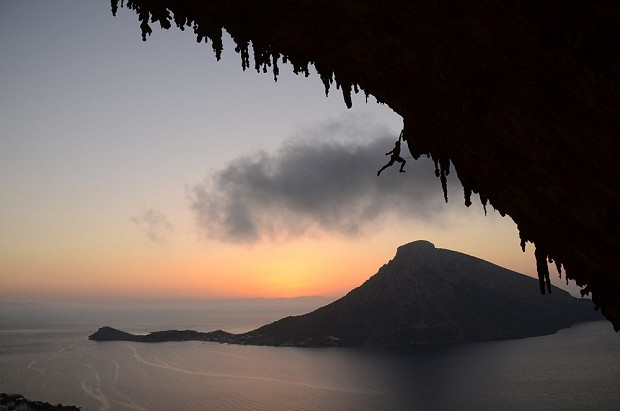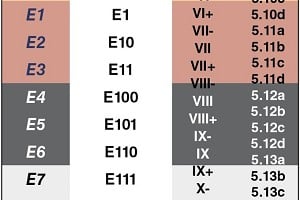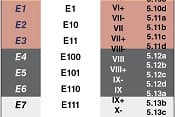
Gravity is central to climbing, in that it holds us to the earth's surface, and makes pulling ourselves up steep rocks pretty damn hard. But what if gravity (G) isn't a constant force?
Measurements of G are so unreliable that the current 'official' (year 2010) value is actually an average of recent findings. However a modern version of the original gravitational measurement procedure has thrown up some interesting results.
G was first measured in 1798 by British scientist Henry Cavendish using a device that measures the twisting of a wire due to the gravitational attraction of two pairs of accurately measured masses. Fast forward to modern times and scientists at the International Bureau of Weights and Measures (BIPM) in Paris, France, and the University of Birmingham, have measured G using modern methods and found startling results.
"Looking through the average G value over the past 60 years, we have discovered that gravity is reducing slowly."
There have been various theories over the last two decades regarding an oscillating G - gravity gaining and losing in strength on a cycle, but this fresh evidence points more toward an ever decreasing gravitational pull. The new (2013) value for G is 240 parts per million smaller than the official one, set in 2010 and an astonishing 13,450 parts per million smaller than new calculations from measurements taken in 1954.
In layman's terms, climbing these days is actually easier than it was 60 years ago by around 2.7%.
On top of the overall trend of gravitational decline, the value of G is well known to fluctuate area to area, depending on a variety of factors including the outward centrifugal force produced by the earth's rotation, the equatorial bulge (thickening of the earth at the equator) altitude and most importantly to climbers; gravitational anomalies due to denseness of the earth's crust.
Gravitational anomalies can affect G by up to 4.04% + or - from the average value, with some rare outlying areas (usually small islands) bringing in even wider ranging results.
With some assistance from the UK Department of Gravitational Geophysics, we have come up with a table of common climbing destinations and their estimated gravitational difference from the norm. The table starts with the highest gravity areas and ends with those areas of lowest known gravitational pull.
1: Buoux, France +4.04%
2: Verdon Gorge, France +3.72%
3: Almscliff, Yorkshire +2.22%
4: Frankenjura, Germany +0.74%
5: Stanage, England 0% (Average)
6: Portland, England -2.01%
7: Terradets, Spain -3.55%
8: Kalymnos, Greece -17.30%
Given the alarmingly large discrepancy in gravitational pull, we will be adjusting the UKC logbook grades accordingly, meaning that 8a you just climbed in Kalymnos is being downgraded to 7b. And well done to all those who have spent their holidays in Buoux!
















Comments